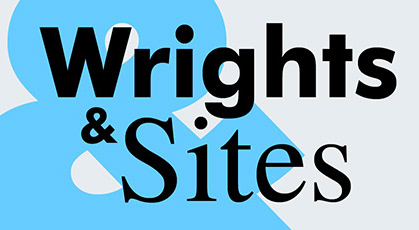A boat under wraps in Exeter's quayside boatyard
After the formation of Wrights & Sites in 1997, the collective's first public project, The Quay Thing, comprised two seasons of site-specific performance relating to Exeter's Quay throughout the summer of 1998. It was financially supported by the National Lottery through the Arts Council of England (£97,410), as well as Exeter Arts Council and dB Sound and Lighting. The project team was made up of the four core members of Wrights & Sites, two additional 'wrights' (for the main season), twelve deviser-performers, an administrator and a technical team.
Pilot: Navigation (5-11 July 1998)
4 performances on and alongside a return boat journey between Exeter Quay and the Double Locks:
•Sitelines by Stephen Hodge and the company;
•Import/Export by Simon Persighetti and the company;
•Ghosts Writing by Phil Smith and the company;
•Landscape With Absent Artist by Cathy Turner and the company.
Main Season (24 August - 12 September 1998)
A festival of performance celebrating a sense of place, on and around Exeter Quay:
•Matt's archaeological dig and 3 PHASE (650 approx) by Stephen Hodge and the company (in the former Exeter Municipal Power Station);
•WATT? (Absolute Power) by Simon Persighetti and the company (in the former Exeter Municipal Power Station);
•The Lollipop Guaranteed For A Thousand Licks by Phil Smith and the company (in the Old Maritime Museum Building);
•The Bell by Cathy Turner and the company (in the Old Maritime Museum Building);
•Absent Water by Eileen Dillon (on and alongside the Medieval Bridge);
•Treading Water by Liz Swift, Peter Ireland and the company (in the Old Maritime Museum Building and the Haven Banks boatyard).
Images: Stephen Hodge, Simon Persighetti, Stephen Clarke, Liz Swift, Alan Winn.
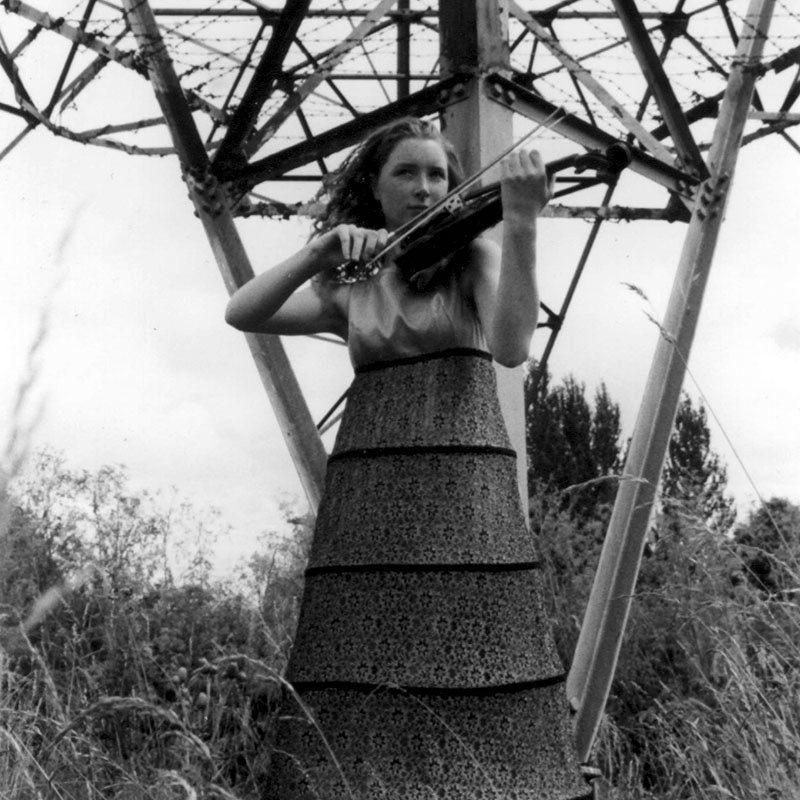
'Landscape With Absent Artist'
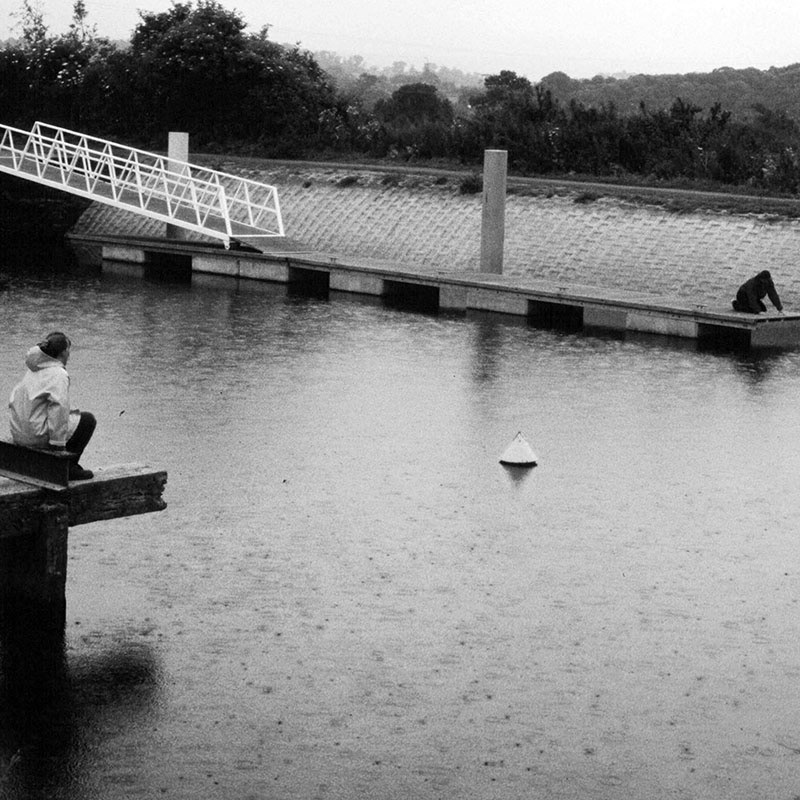
'Import/Export'

'3 PHASE (650 approx)'
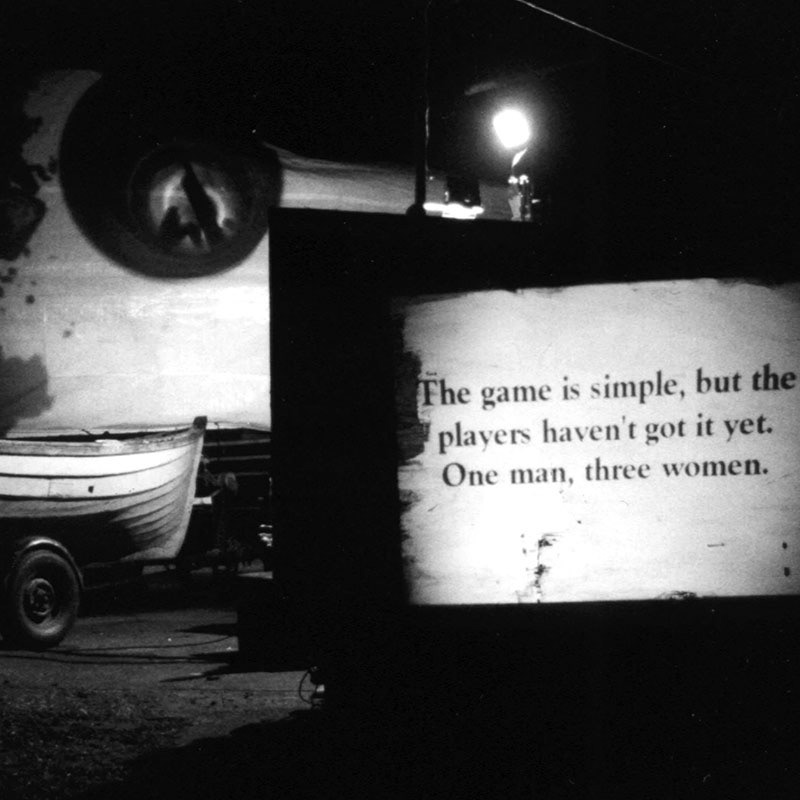
'Treading Water'

'The Lollipop Guaranteed For A Thousand Licks'
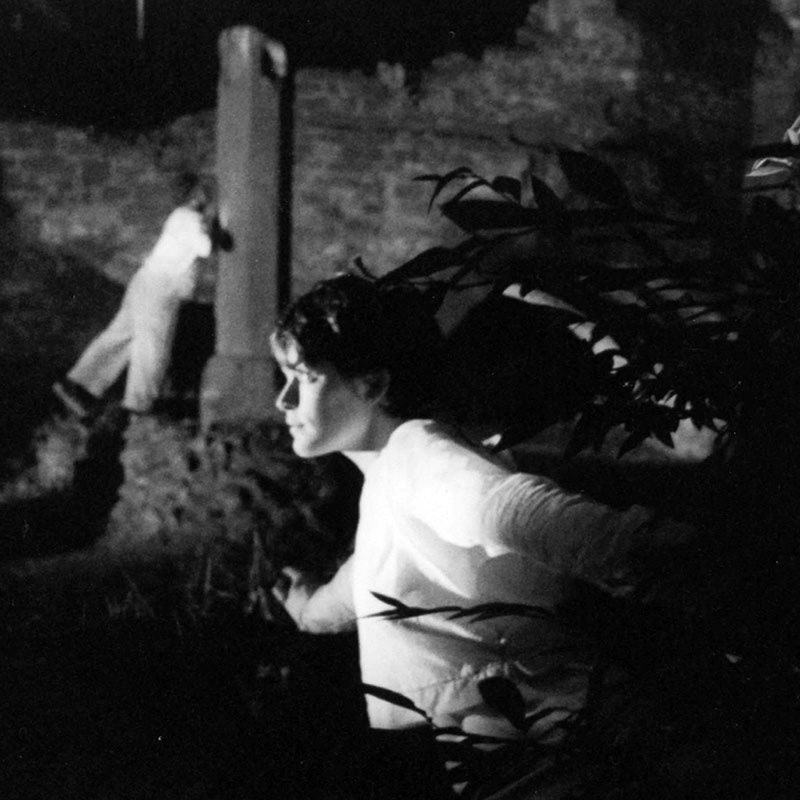
'Absent Water'
Associated Wrights & Sites outcome
A special supplement of the journal Studies in Theatre and Performance was published in the summer of 2000. Titled 'SITE-SPECIFIC: The Quay Thing Documented', it detailed and interrogated some of the core processes and practicalities that underpinned this project.
